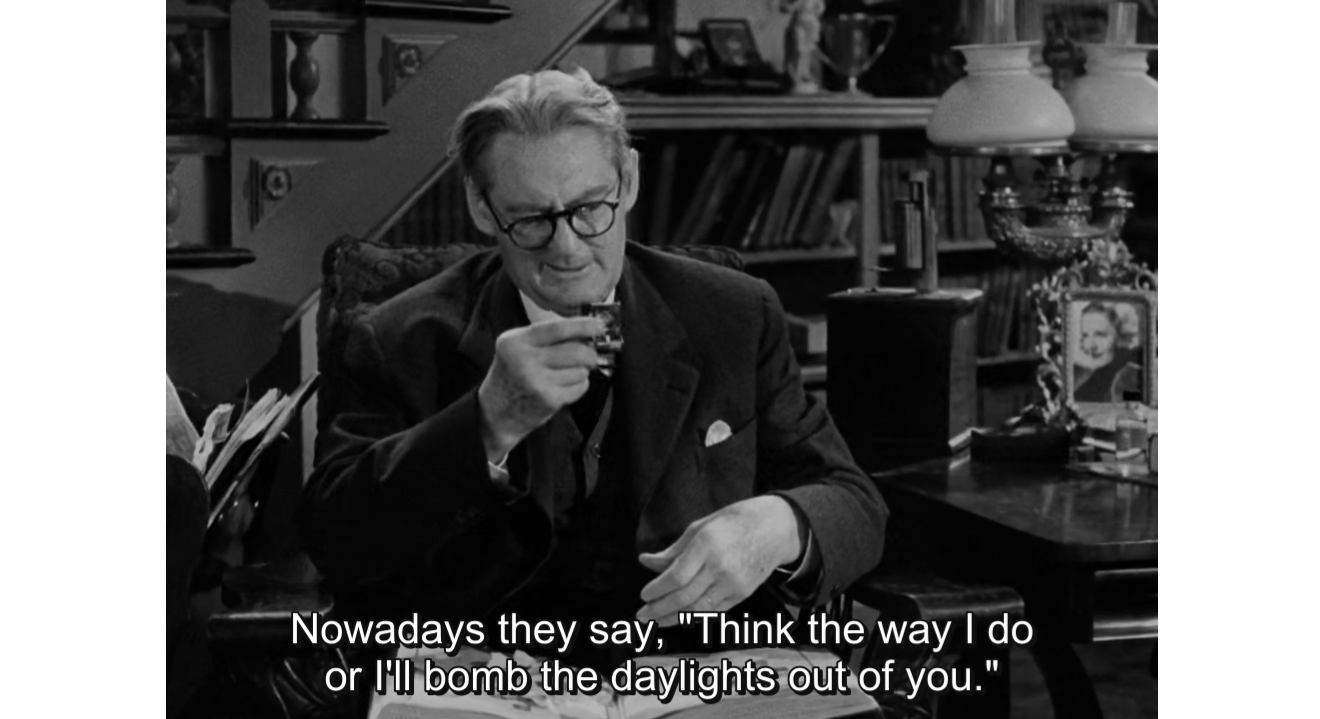
The Thin Blue Line (Errol Morris, 1988)
One night in 1976, Randall Adams ran out of gas in the highway and would, by fate, meet David Harris, a teener driving a stolen blue car. A few hours after their fateful meeting, after several cans of beer, a few puffs of marijuana, and a double feature at a local drive-in theater, a police officer gets shot by a man who alights from the same stolen blue car suspiciously parked in the highway. The pistol used is found in the posession of Harris, conveniently hidden in a marshy part of his hometown which is considered as the Ku Klux Klan capital of Texas. Harris would be seen bragging that he has killed a colored cop, but would later on change statements and would be pointing at Adams, the drifter he met that fateful night of 1976, as the killer of the police officer. Adams would be found guilty by the jury for the murder, Harris being one of the witnesses for the prosecution. Later on, Harris will also be sentenced for a different crime. Errol Morris, director of The Thin Blue Line, spent two and a half years gathering information, gaining the trust of the different personalities involved, and finally interviewing them.
The Thin Blue Line is much more than just a documentary film, or a mere retelling of the factual outcomes of an individual case in one of the great cities of America. The Thin Blue Line is a vivid examination of the inaccuracies of America's criminal justice system. In any criminal case, it would be the people of the jurisdiction that would be against the suspected criminal. A huge burden rests on the government in maintaining order, through the normal functioning of the judiciary. The burden is doubled when the circumstances involve a victim who is an officer of the law, a setting that is arguably intolerant, and pieces of evidence that seems to lead to nowhere. The most logical way out for the jurisdiction is to find a scapegoat: in this case, Randall Adams, a drifter who nobody would miss.
From Morris' gatherings, it would be quite easy to pinpoint Harris as the culprit. Adams is shown as timid, balding and uninteresting, yet defiantly sure that he has nothing to do with the murder. On the other hand, Harris talks very confidently, assuringly charming, and in the same way, breezefully stating his facts. If one would base his judgment on the first few minutes of the documentary, one would probably get confused and immediately point his finger at the aging suspect rather than the charming young fellow. Pieces of evidence start pouring in and the scales of the balance change, and by the middle of the film, we sense that something is going on, there might have been a mistake in the process.
Differing versions of the same story are retold just like in Akira Kurosawa's Rashomon (1950), only this time utilizing a visual mold that evokes film noir, erupting from the repetitive boom of the suspect's pistol barrel. Differing accounts of several witnesses are offered, with these characters' credibilities strengthened or weakened by other personalities who might have more accurate knowledge on these witnesses' motivations. Musings on the current legal system, judicial decisions, and personal visions are blurted out with conviction by Adams' lawyers, up against a legal bigwig who has never lost a case. Dr. Death is introduced, the resident psychiatrist who is unafraid to label convicted criminals as uncurably psychotic and deserving of the death penalty. Philip Glass accentuates Morris' bold vision with his haunting minimalistic musical score.
By the end of the film, Morris presents us with a piece of evidence that showcases his greatest strength as a documentary filmmaker. The visuals are aptly sparse: just a camera revolving in close-up around a tape recorder. What comes out of the tape recorder is what's important, Harris expressly stating that it was just fate that got Adams to where he is now, and impliedly telling the whole world that it was him who killed the police officer. The film ends with a statement that Harris is in deathrow for another crime, and Adams is still serving his life sentence for the murder, which we learned a few moments ago, he didn't commit. Justice is indeed blind, for all the wrong reasons. Disturbing but, as Morris' points out, true. A year after The Thin Blue Line was released, Adams' case was reopened and he was exonerated from the charge of murder, and Harris was subsequently convicted for the shooting of that police officer that fateful night in 1976.



































No comments:
Post a Comment